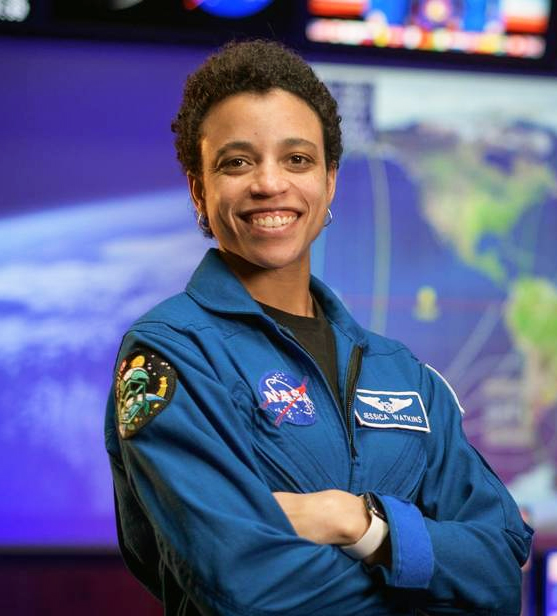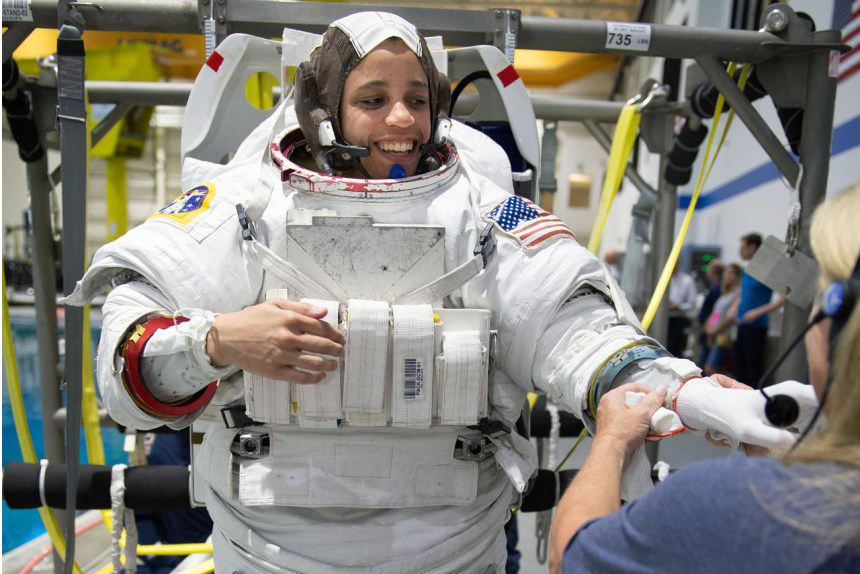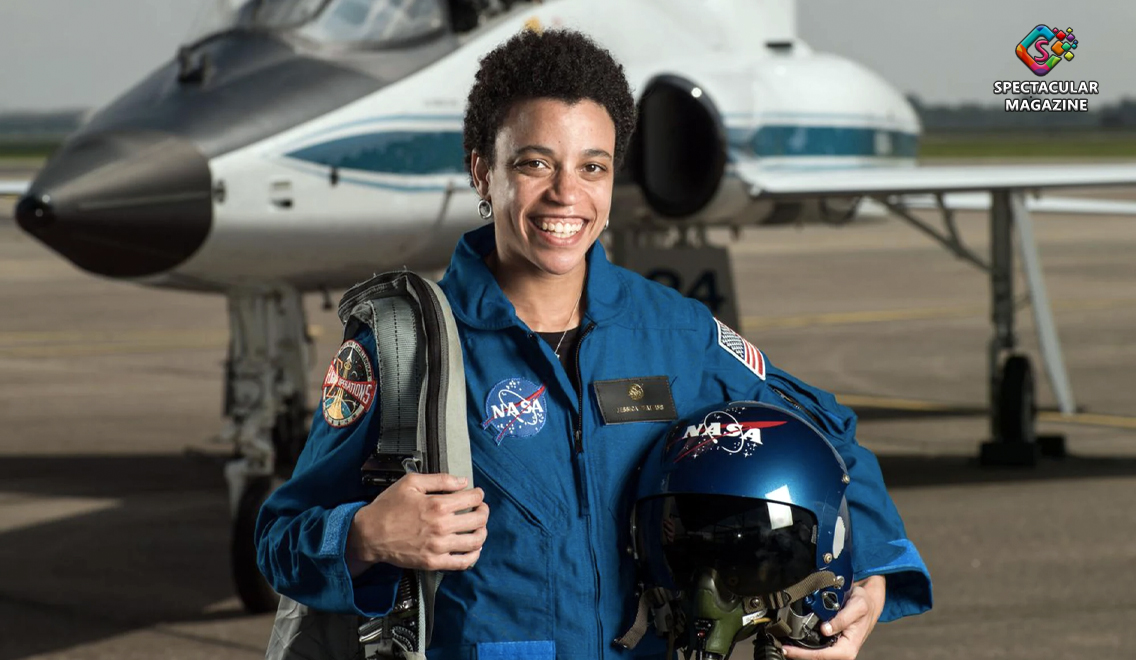Jessica Watkins To Be First Black Woman On International Space Station Crew

NASA astronaut and professor of geology Jessica Watkins will make history as the first Black woman to travel to the International Space Station (ISS) in over 20 years of its operation, NASA announced on Tuesday (Nov. 16). Watkins will serve as a mission specialist on the agency’s upcoming SpaceX Crew-4 mission, the fourth crew rotation flight of the Crew Dragon spacecraft to the International Space Station.
This will be Watkins’ first trip to space following her selection as an astronaut in 2017. Crew-4 is scheduled to launch in April 2022 on a SpaceX Falcon 9 rocket from Launch Complex 39A at NASA’s Kennedy Space Center in Florida for a six-month science mission aboard the microgravity laboratory. She joins fellow crew members and NASA astronauts Kjell Lindgren, Robert Hines, and European Space Agency (ESA) astronaut Samantha Cristoforetti.
Watkins was born in Gaithersburg, Maryland, and considers Lafayette, Colorado, her hometown. She earned a bachelor’s degree in geological and environmental sciences from Stanford University and a doctorate in geology from the University of California, Los Angeles. Dr. Watkins conducted her graduate research on the emplacement mechanisms of large landslides on Mars and Earth.

She began her career at NASA as an intern and has worked at the agency’s Ames Research Center in California and NASA’s Jet Propulsion Laboratory in Southern California. At the time of her astronaut selection, Watkins was a postdoctoral fellow in the Division of Geological and Planetary Sciences at the California Institute of Technology, where she collaborated as a member of the Science Team for the Mars Science Laboratory rover, Curiosity.
She said she hopes that her space excursion will inspire children of color, especially girls of color.
“For me, that’s been really important, and so if I can contribute to that in some way, that’s definitely worth it,” she told The New York Times.
For more than 21 years, humans have lived and worked continuously aboard the International Space Station in low-Earth Orbit, advancing scientific knowledge, demonstrating new technologies, and making research breakthroughs not possible on Earth.
Through the Commercial Crew Program and broader commercial efforts, NASA is working with private industry to develop human space transportation services and a robust low-Earth orbit economy that enables the agency to focus on building spacecraft and rockets for deep space missions to the Moon and Mars.


